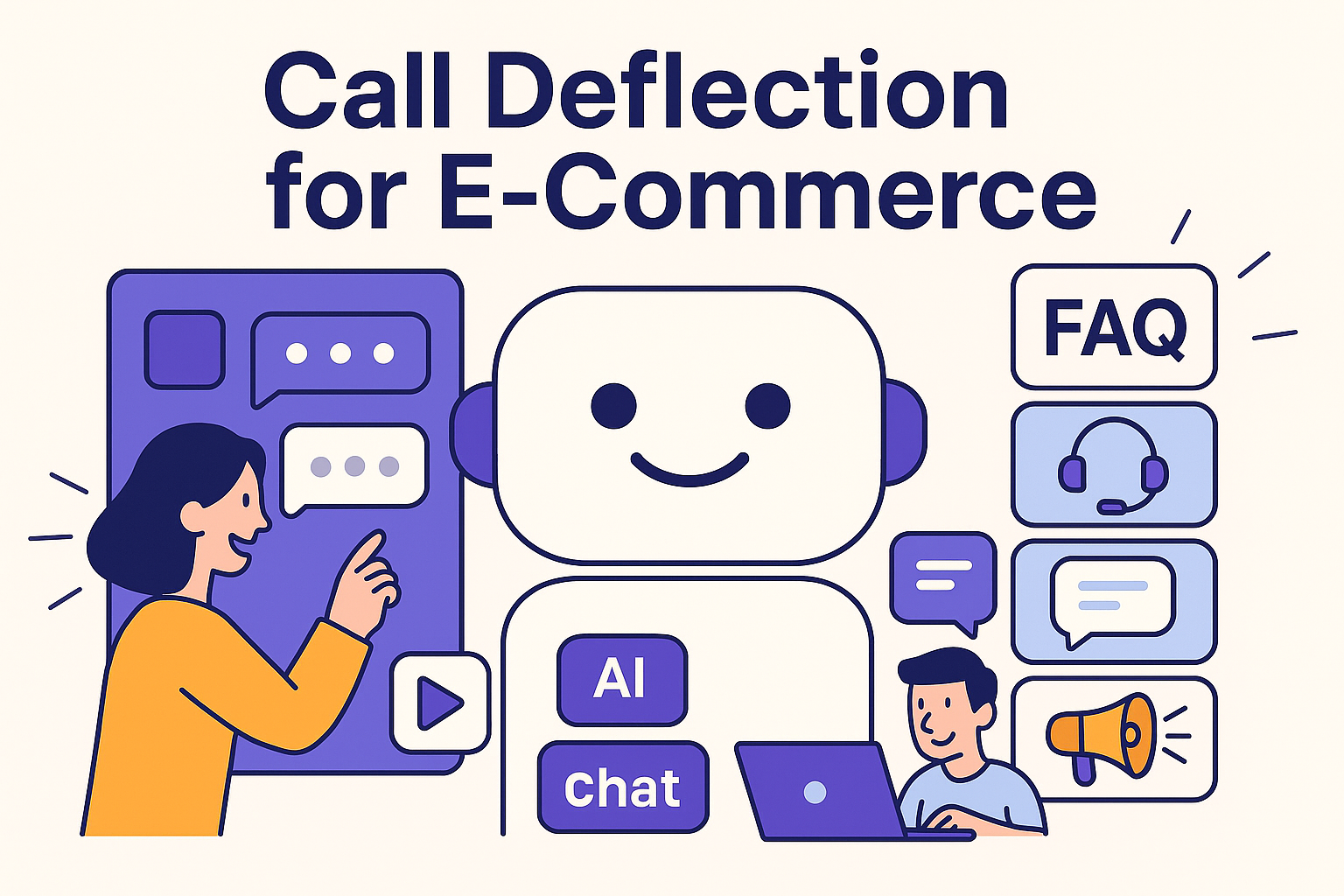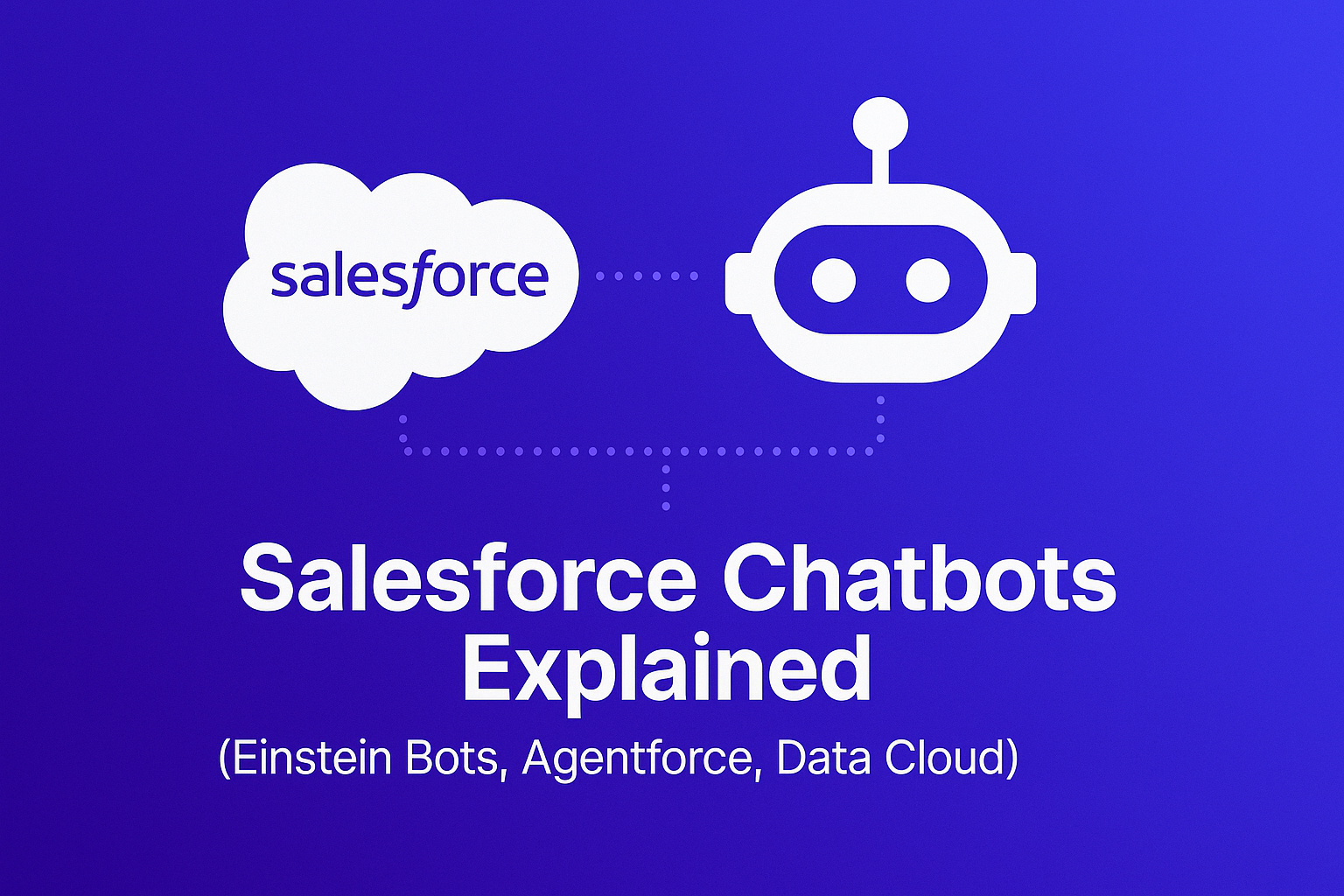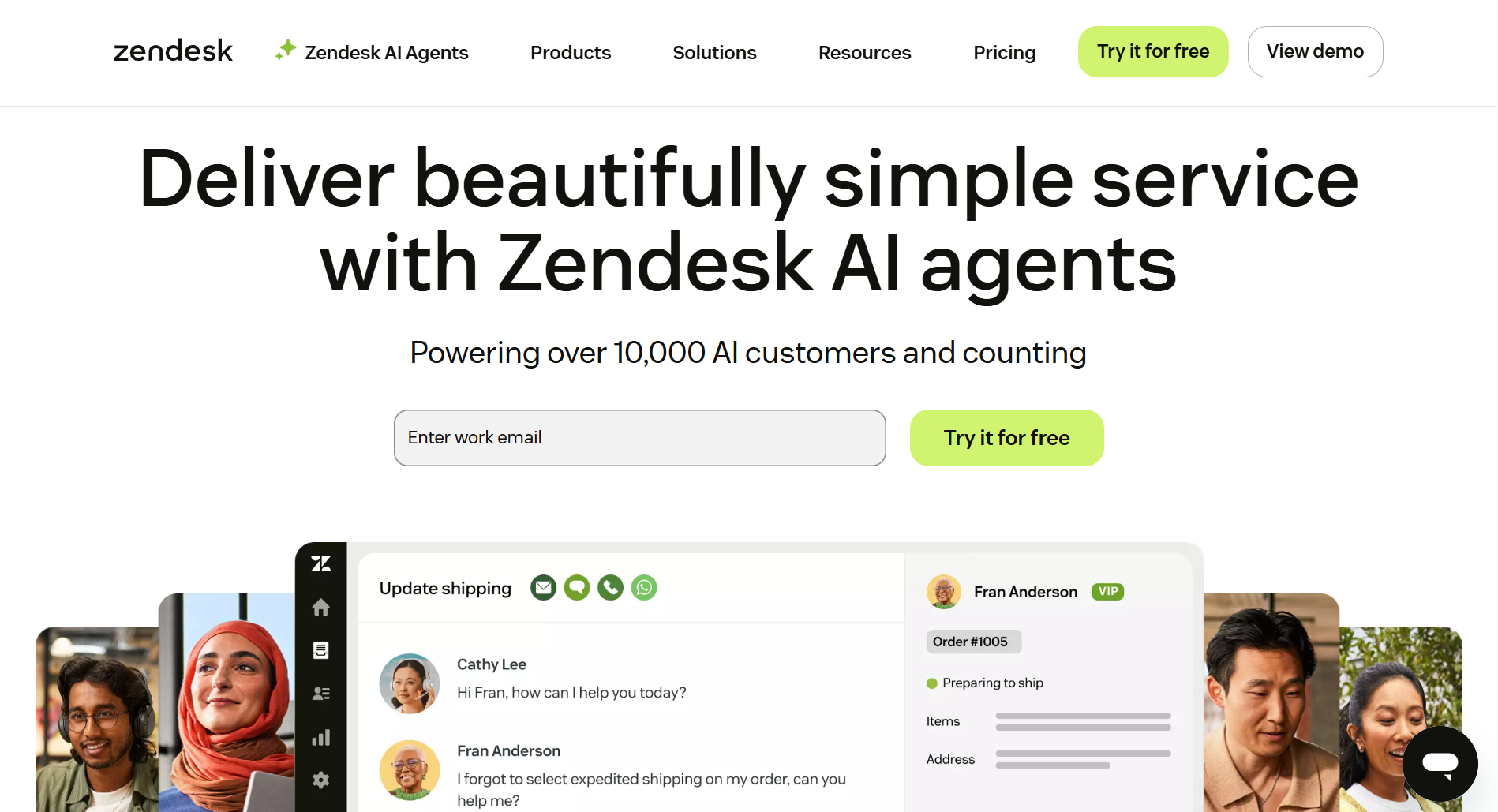5 Secret Customer Engagement Strategies for 2025 You Won't Find in Any Other Blog
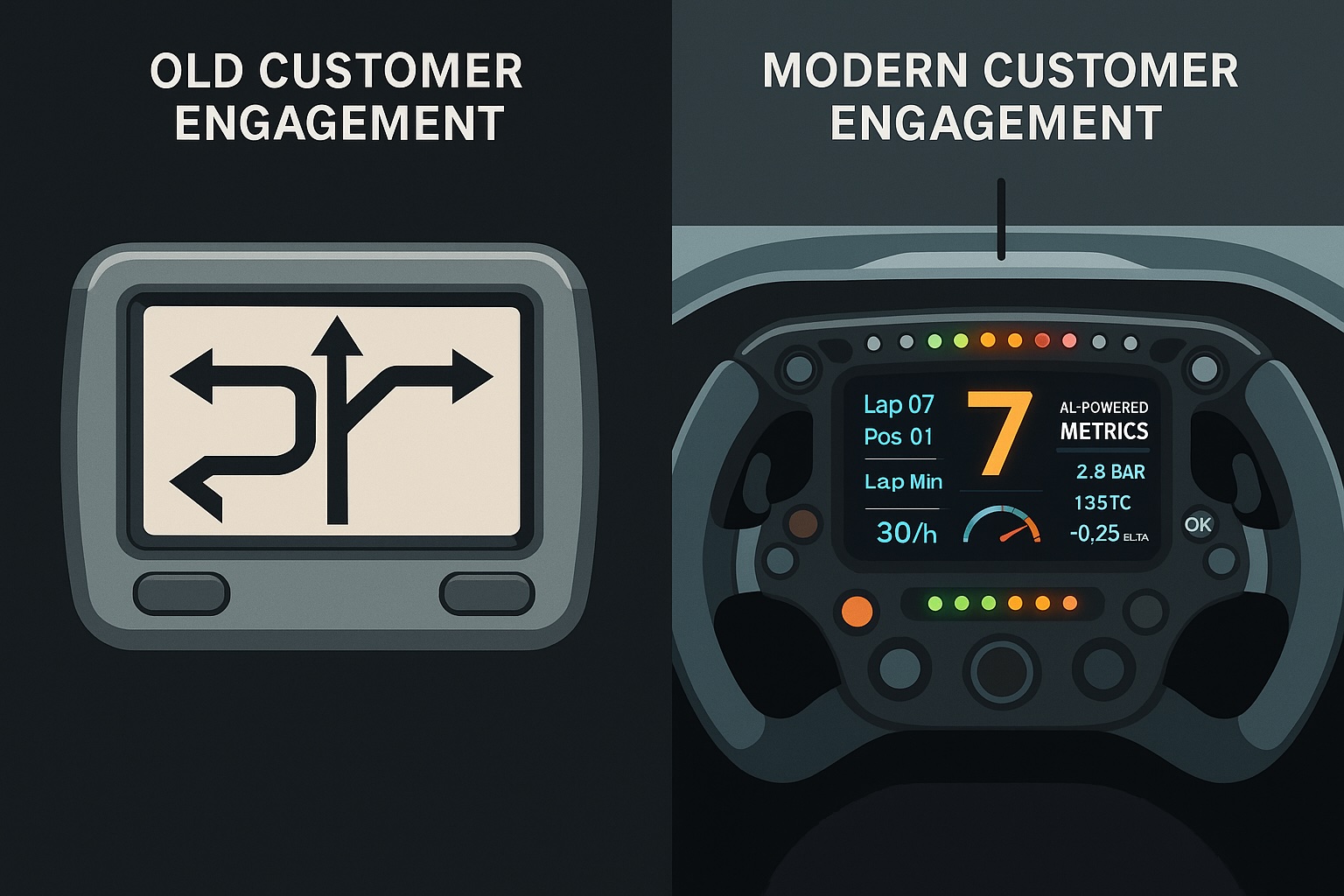
Imagine trying to win a Formula 1 race with a GPS from 2008. It might technically get you from A to B, but not fast, not smoothly, and definitely not ahead of your competitors.
The same applies to customer engagement.
Too many brands are still running engagement strategies built for a different era, when customers read newsletters, waited on hold, and didn’t expect every interaction to feel like a Netflix recommendation. But today? Your audience is impatient, emotionally driven, and just one bad experience away from switching to a competitor. And they’re not sticking around to give you a second chance.
Customer engagement isn’t just a “nice to have” anymore; it’s the engine behind customer retention, loyalty, and long-term revenue growth. It’s what turns a one-time buyer into a repeat customer, and a passive user into a brand advocate. And if your current strategy isn’t delivering that… It’s costing you more than you think.
In this article, we’ll break down:
- Why most engagement strategies are outdated (and quietly killing your profits)
- What customers really want in 2025
- And 6 engagement strategies you won’t find in every blog that will actually grow your revenue
Let’s take your customer engagement plan from “good enough” to “growth engine.”
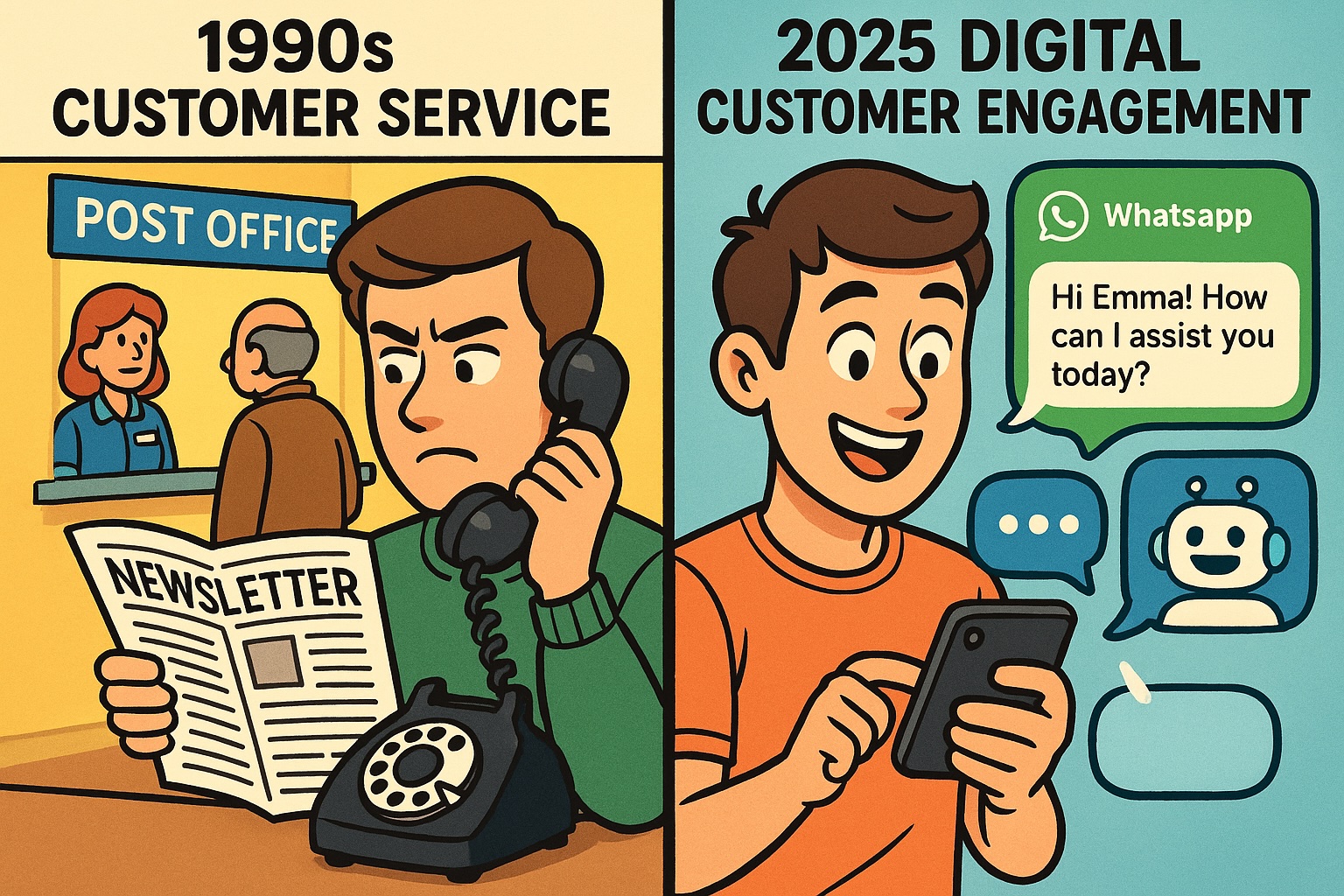
What Is Customer Engagement (and What It’s Not)
Let’s get one thing straight: customer engagement isn’t just answering emails faster or posting memes on Instagram. At its core, customer engagement is every meaningful interaction between your business and your customer, before, during, and even after the sale. It’s the emotional thread that ties someone to your brand, makes them come back, and nudges them to tell a friend.
It’s not a department.
It’s not a campaign.
And it’s definitely not just a “vibe.”
What isn’t customer engagement?
It’s not customer service. That’s reactive.
It’s not marketing. That’s often one-way.
And it’s not just CX, because experience without connection is just window dressing.
Customer engagement is proactive. It’s personal. And in 2025, it’s the difference between doing okay and dominating your market.
The Metrics That Actually Matter
Forget the vanity metrics for a second. Real engagement shows up in numbers like:
- Customer Satisfaction (CSAT) – how they feel right after interacting with you
- Customer Retention Rate – how long they stick around
- Customer Lifetime Value (CLV) – how much they’re worth over time
- Churn Rate – how many are quietly leaving
These are the numbers your team should care about. Because engaged customers don’t just feel good, they also spend more and more often, refer more, and leave less.
Want to go deeper on customer engagement metrics? If you’re looking to understand how to measure engagement, what the most important metrics are (like CSAT, CLV, churn, and retention), and how to interpret them for business growth, check out this in-depth guide from Segment.
Why Customer Engagement Matters Now More Than Ever
Gen Z doesn’t write complaint emails. They switch tabs, ghost your brand, and move on. We’re in a world of instant feedback, high expectations, and unlimited alternatives. That means your customer engagement strategy isn’t just competing with your competitors. It’s competing with the best experience your customer had anywhere that day.
Netflix. Spotify. Airbnb. Amazon. These are the benchmarks now, even if you’re selling B2B software.
So if you want to stand out, win loyalty, and grow? Customer engagement isn’t optional. It’s the foundation of your future revenue.
It’s Not Just Clicks, It’s Connections
Picture this: You send a perfectly timed email, personalized with the customer’s name. They click.
Mission accomplished? Not quite.
Because engagement isn’t about clicks. It’s about connection.
And if your customer engagement strategy doesn’t tap into how people feel, not just how they act, you’re leaving serious revenue on the table.
The 70% Secret Nobody Talks About
According to Gallup, 70% of buying decisions are driven by emotion, not logic.
That’s right. Most of your customers aren’t doing spreadsheet math. They’re going with their gut. They’re choosing brands that:
- Make them feel understood
- Reflect their values
- Deliver positive experiences they remember
This is the emotional connection that separates a one-time buyer from a loyal customer who keeps coming back and brings others with them.
But Most Strategies Still Miss This
Too many engagement plans focus on efficiency: faster replies, more subject line tests, tighter marketing automation. Those things matter, but they’re just the wrapping paper. What makes people fall in love with a brand is something deeper: a real, emotional bond that spans the entire customer journey.
It’s not about “interactions.” It’s about meaningful interaction that feels human, personal, and worth their time. Most companies aren’t losing customers because of bad products. They’re losing them because of forgettable experiences.
Because even with good intentions, too many engagement strategies are stuck in the past. Let’s break down why.
Personalization ≠ Personal
Slapping a name in an email subject line? That’s not personalization. Sure, calling me “John” in an email is nice. But if you’re recommending dog food and I just bought a cat tower, we’ve got a problem.
Customers want relevant content, not guesswork. Personalization isn’t about inserting names. It’s about using real behavior to craft experiences that actually make sense. They expect brands to remember past interactions with customers, understand their preferences, and deliver something that actually feels personalized.
Activity ≠ Engagement
Scroll through your inbox. How many brands sound exactly the same? You’re posting on social media platforms, sending newsletters, and following up with automated emails. That's great.

But here’s the question: Do your customers feel anything when they see them?
Generic messages lead to low engagement, high churn, and a whole lot of wasted effort. Customer interactions that don’t spark anything emotional are like bad first dates - technically fine, instantly erased.
So what’s the fix?
We’re getting there.
But first, let’s talk about what customers in 2025 actually want and why giving it to them isn’t just nice but also profitable.
What Customers Really Want (and How to Actually Deliver It)
In 2025, your customers don’t just want to be served. They want to be seen, heard, and understood. They expect relevant content, personalized experiences, and interactions that feel less like support tickets and more like a conversation with someone who actually knows them.
And here’s the kicker: it pays off.
- Engaged customers are 23% more likely to spend more with brands they trust. (outreach.io)
- Improving your customer retention rate by just 5% can boost profits by 25–95% (Bain & Company).
That’s not fluff. That’s ROI.
So what do these high-performing brands do differently?
They’ve shifted from a transactional mindset to a relationship mindset, backed by a modern customer engagement strategy. Let’s break it down.
The Pillars of a Modern Engagement Strategy
🧠 Smart Personalization
It’s not “Hi, {name}”, it’s using real customer behavior, preferences, and purchase history to deliver offers, product recommendations, and communication that actually make sense.
💬 Real-Time Conversations
Whether it’s an AI chatbot, WhatsApp message, or email, today’s engagement happens in real time. Delays kill momentum. Conversations drive conversions.
🌐 Omnichannel Experience
Your customer’s journey spans email, mobile apps, online stores, and social media platforms. A great strategy connects these dots into a seamless customer experience.
🤖 Empathy at Scale (Yes, with AI)
True story: Pilulka, one of Central Europe’s largest e-commerce pharmacies, integrated AMIO’s conversational AI to support customers 24/7 across webchat, Messenger, and WhatsApp. The result?
- Fewer repetitive tasks for support agents
- Higher customer satisfaction scores
- Lower cost per resolution
- And most importantly: happier, more loyal customers
Give your customers relevance, empathy, and speed, and you won’t just improve engagement. You’ll earn loyalty that scales, revenue that compounds, and brand love that lasts.
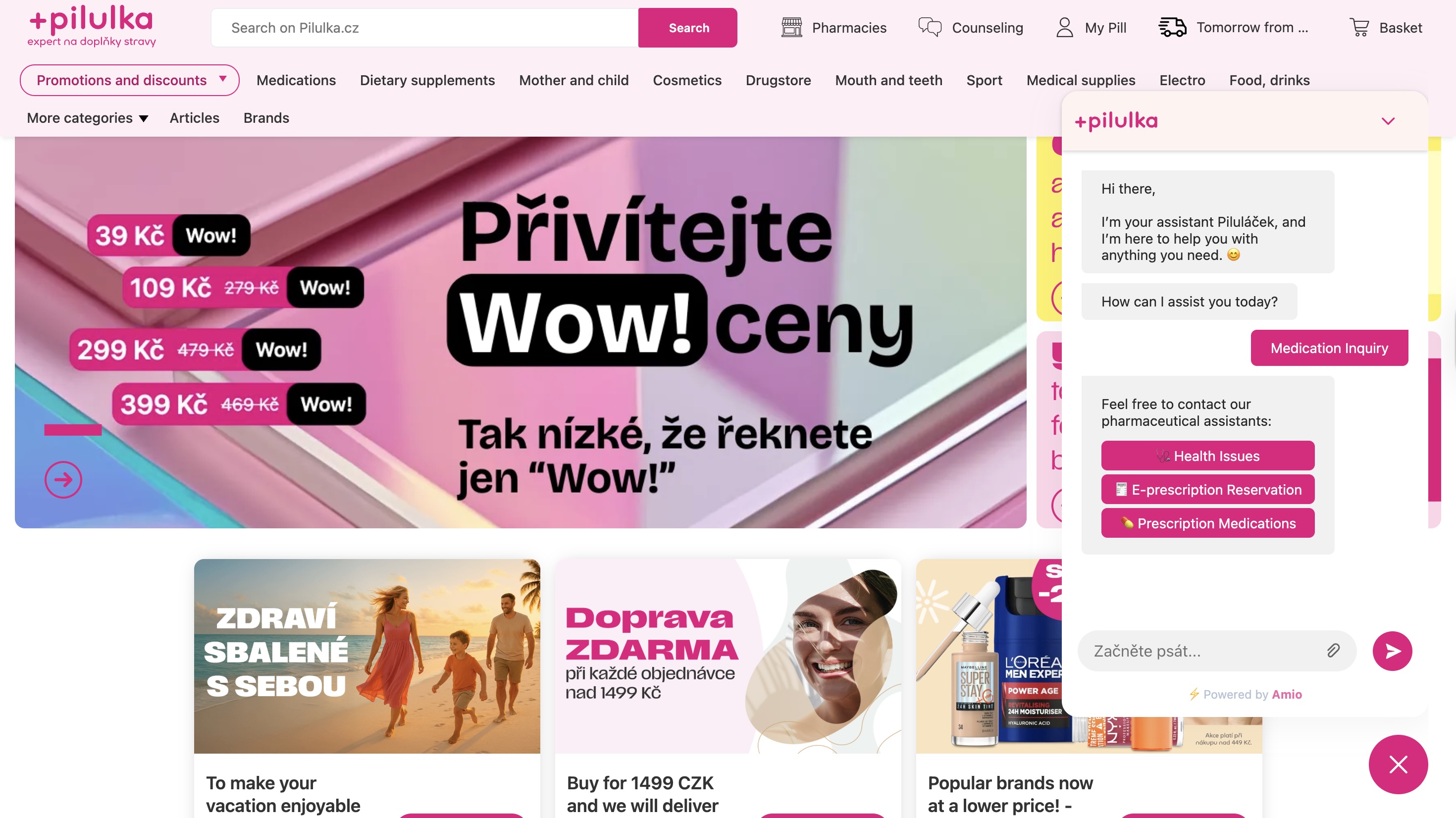
Want the full breakdown? Read the Pilulka case study to see how one of Central Europe’s biggest e-commerce pharmacies used AMIO to boost CSAT, cut support costs, and scale empathy
But here’s the twist:
Most blogs stop here.
They give you the what, but not the how.
But we’re not most blogs.
So let’s wrap this up with 5 customer engagement strategies you won’t find recycled in every “2025 trends” post and show you how they work in the real world.
5 Secret Customer Engagement Strategies for 2025 You Won't Find in Any Other Blog
1. Engage When They Least Expect It (But Most Appreciate It)
Most brands show up exactly when customers expect them to. Welcome email? Check. Abandoned cart reminder? Of course. Support after a complaint? Too little, too late.
But the real magic? It happens in the in-between moments, those quiet stretches of the customer journey where attention fades and opportunities get lost.
These “invisible gaps” are where strong customer engagement strategies shine. A well-timed message when no one expects it, like a check-in after product delivery, a tip three days after signup, or a friendly nudge during onboarding, can spark connection, build trust, and make customers feel seen, not sold to.
Here’s How to Do It Right:
Instead of sticking to the standard transactional message, send a value-driven message a few days later:
- Two days after delivery: “Hope everything arrived as expected, here’s a short video with expert tips so you get the most out of it.
- ”Five days later: “Noticed you haven’t used [feature]. Want a quick guide or a few pro tips?”
- One week in: “Still got your questions? Here’s the most common one we answer after 7 days.”
These surprise touchpoints make customers feel seen and position you as a help-first brand.
2. Automate the Boring, So Humans Can Wow
Not every customer interaction needs a human. In fact, forcing your support team to answer “Where’s my order?” 200 times a day isn’t just inefficient, it’s a fast track to burnout and a mediocre customer experience.
Smart brands in 2025 don’t try to be “human everywhere.” They automate the repetitive tasks so real humans can shine where it actually matters: complex issues, emotional moments, and high-impact conversations that build real customer relationships.
Here’s how to do it right:
- Automate FAQs and transactional touchpoints. Shipping status, refund timelines, and return policies are perfect candidates for automation. Tools like AMIO’s AI chatbot can resolve 60%+ of repetitive support tickets with zero agent input, 24/7.
- Free up agents for the conversations that matter. By deflecting routine queries, you give your customer service teams time to focus on sensitive cases, loyalty-building gestures, or cross-sell opportunities.
- Keep it seamless. Use automation that integrates across all your channels: web chat, Messenger, WhatsApp, and in-app chat. This creates a seamless experience no matter where your customers reach out, and reduces bounce rate from channel switching.
💡 Example to steal:
Franzensbad, a historic Czech spa, used AMIO to implement a chatbot on its website. It spots potential guests, kicks off the conversation, filters out the just-browsing crowd, and passes only serious leads to the human sales team. This resulted in hours of saved work for sales agents and boosted conversions by 23%. (See full case study)

Want a deeper dive into what to automate, what not to, and how to avoid the most common traps? Check out this breakdown: Customer Service Automation in 2025: Tools, Tips & Mistakes to Avoid
3. Build Loyalty Through Micro-Wins, Not Just Discounts
Too many brands treat loyalty like a punch card: buy 10, get 1 free. But today’s customers? They’re not just looking for points. They’re looking for proof that your brand sees them, values them, and rewards them in ways that actually mean something.
Enter the micro-win: small, unexpected moments that delight customers and quietly build the kind of emotional connection that no 10% discount ever could.
Behavioral psychology calls this the “endowed progress effect”: when customers feel like they’re already making progress toward something (even a small reward), they’re more likely to stay engaged.
Here’s How to Do It Right:
- Celebrate tiny milestones
- First order completed? - Send a quick note with something personal.
- Made it through onboarding?” - Drop a helpful next step or a badge.
- Show visible progress - Progress = dopamine. That’s why great apps (from Duolingo to Strava) visualize goals. Use customer engagement platforms to surface little wins:
- “You’ve saved 2 hours this month thanks to automation.”
- Offer “surprise upgrades” instead of just coupons - Skip the $5-off spam. Instead, say:
- “We’ve bumped your shipping to express, on us.”
- “You’ve unlocked early access to our new collection.”
4. Humanize Automation with Storytelling and Voice
Automation is the engine behind modern engagement, but if it sounds like a robot wrote it, your customers will bounce faster than you can say “unsubscribe.”
The truth? People don’t mind automation. What they hate is soulless automation. Messages that feel templated. Chatbots that sound like spreadsheets. Subject lines that read like error logs.
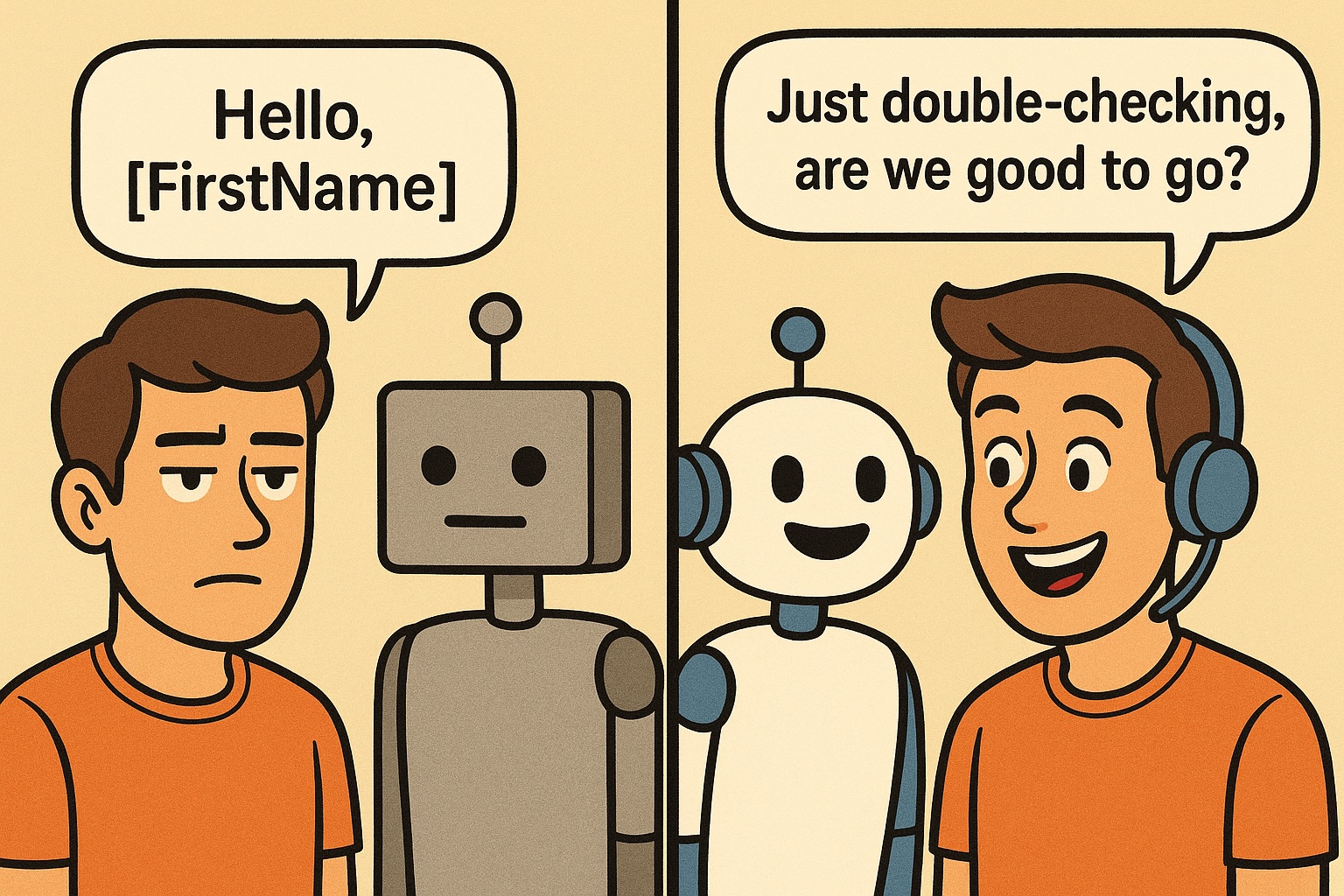
If you want to drive meaningful customer engagement, you need more than workflows and timing. You need a voice. You need a story. You need something that says, “A real human (with a sense of humor and a heartbeat) was behind this.”
Here’s how to do it right:
- Give your bots a personality. AMIO lets you infuse chatbots and flows with brand-specific language, pacing, and tone. Think: helpful, casual, and never robotic.
Instead of “Please confirm,” say: “Just double-checking, are we good to go?” - Add micro-stories. Short, human moments make automation memorable.
“Our founder once turned the volume way down in the office by accident, so we added a confirmation step. Just like this one.” - Tailor tone to the moment. Support messages should be calming, not clinical. Feature updates should excite, not confuse. AMIO gives you modular voice controls that adjust based on channel, timing, or even user mood.
5. Create a Community, Not Just a Contact List
Email lists are fine. Follower counts are nice. But if you want real, long-term customer loyalty, you need something stronger than a mailing list; you need a movement.
And that starts with building a community.
Today’s customers want to connect, not just with your brand, but with each other. A thriving community creates a sense of belonging, trust, and shared purpose. It’s where your most engaged customers become your best advocates, your smartest testers, and your unofficial support team.
You don’t need to build Reddit from scratch. Community can be as small as a private Slack group, a VIP WhatsApp broadcast list, or a curated online forum. The key is making it intentional, valuable, and human.
Here’s How to Do It Right:
- Start with your superfans. Invite your most active customers or subscribers into a private space. Make it exclusive, but welcoming. Think “insider circle,” not gated community.
- Give early access, not sales. Let them test new features. Vote on packaging. Submit product name ideas. Co-creation builds loyalty.
- Encourage peer-to-peer support. Encourage power users to answer questions, share hacks, or post real use cases. Reward the most helpful with shoutouts, sneak peeks, or branded swag.
- Celebrate their wins. Did someone hit a personal milestone using your tool? Post about it. Let others cheer them on. You’re not just building a brand, you’re building a shared identity.
💡 Example to steal
LEGO Ideas invites fans to submit and vote for new set designs. Once an idea earns 10,000 supporters, LEGO reviews it for production, turning hobbyists into product collaborators and fueling deep emotional investment. (See full case study)
Engagement Isn’t a Metric - It’s a Mindset
Yes, you should absolutely track your customer engagement metrics such as churn, CSAT, or lifetime value. But real growth? It doesn’t start with spreadsheets. It starts with a simple question:
“How do we make our customers feel?”
Do they feel confident?
Heard?
Appreciated?
Or just… like another tab in your CRM?
Because the brands that win in 2025 won’t be the loudest. They’ll be the ones that made their customers feel the most seen.
Engagement isn’t about more pings, pings, and pings. It’s about building something stickier than discounts - trust, relevance, and connection.
That’s the difference between another purchase and a lifelong customer.
And that’s where AMIO comes in.
We don’t just help you automate conversations, we help you humanize every touchpoint and turn customer engagement into your biggest growth engine.
Ready to see it in action? Book a demo and let’s build the kind of engagement your competitors will wish they had.
Book a 30-minute session where we will find out how AI bot can help you decrease call center costs, increase online conversion, and improve customer experience.
Book a demo